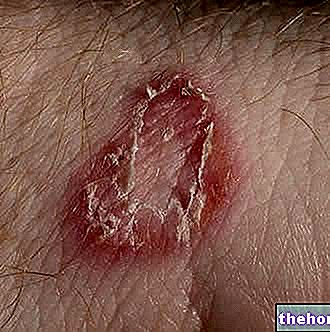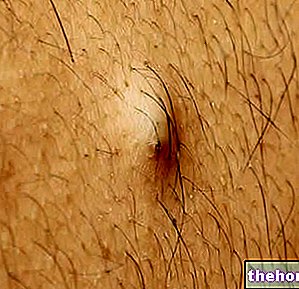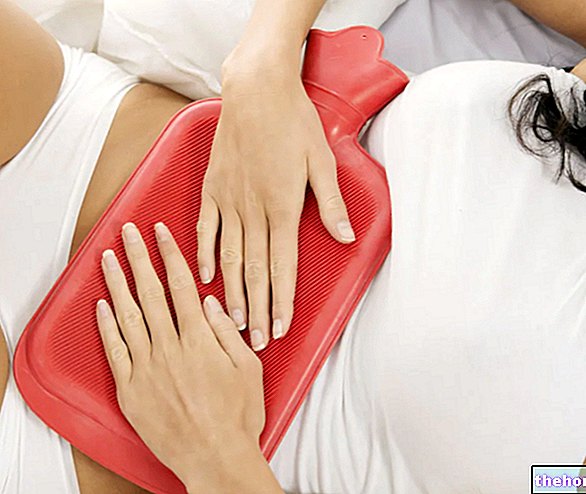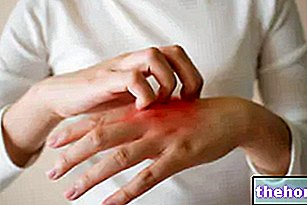Watch the video
- Watch the video on youtube

Symptoms of chilblains generally appear shortly after exposure to cold. First of all a burning and itching sensation usually occurs in the extremities of the body: earlobes, nose, heels, toes and hands. Later, symptoms worsen if the individual enters a warm environment.
Signs and symptoms of chilblains can include:
- Localized redness, swelling, and itching on the skin, often in the feet or hands
- Burning sensation
- Changes in skin color, from red to dark blue, accompanied by pain;
- Possible formation of blisters and ulcers.
Lesions can be single or multiple, that is, multiple chilblains may remain circumscribed or join together to form an extensive erythematous area. If the patient avoids further exposure to cold, chilblains usually disappear within 1-3 weeks, although these can recur seasonally for years.
Some people don't need to see a doctor. However, if the pain becomes intense and the skin in the affected area shows signs of an infection, referral to a specialist can help treat the disorder more effectively.
o poor nutrition (example: anorexia nervosa).
Some groups of people are more sensitive to temperature changes and chilblains when exposed to the cold:
- Female individuals;
- Smoking (nicotine constricts blood vessels);
- Patients with peripheral vascular disease, due to diabetes or hyperlipidemia;
- Patients with connective tissue diseases, especially lupus erythematosus, systemic sclerosis or in association with Raynaud's phenomenon (excessive vasospasm of the small blood vessels in the fingers).
Side effects of some medications can cause small blood vessels to constrict. This may be enough to make the patient prone to developing recurrent chilblains. Beta blockers, for example, can produce this effect.
. Topical application of corticosteroids can help relieve itching and swelling.During the healing process, some measures can be taken to relieve the symptoms of chilblains, including:
- Avoid or limit exposure to cold whenever possible;
- Keep the area warm and dry, but away from heat sources (for example, do not directly overheat the chilblains using hot water);
- Do not scratch or rub the area.




























